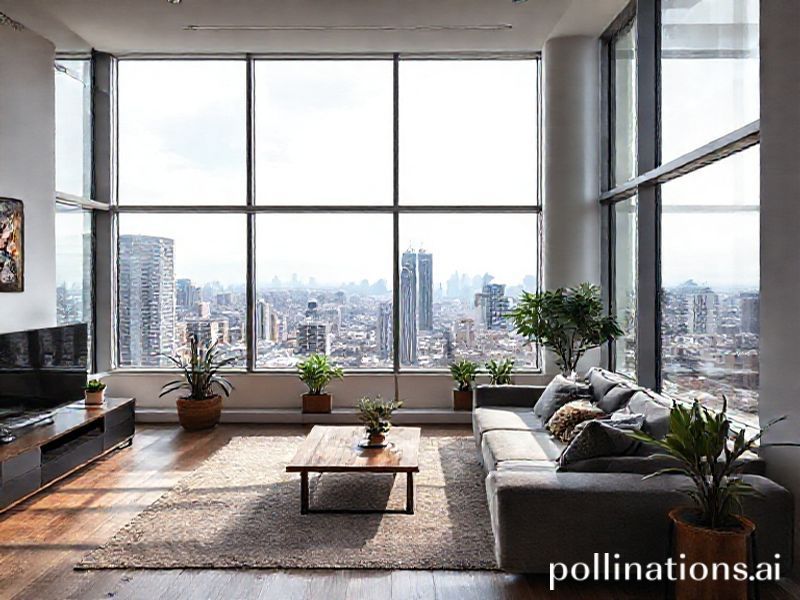The Great Apartment Takeover: Why the World is Trading Mansions for Micro-Kitchens
**The Great Apartment Takeover: Why the World is Trading Mansions for Micro-Kitchens**
In a world where we’re all just trying to adult, apartments are having a moment. No, not the kind where you’re forced to share a wall with your neighbor’s questionable life choices, but the kind where you can finally afford to live in a city without selling a kidney on the black market. The global apartment trend is more than just a real estate shift; it’s a cultural revolution, a social experiment, and a testament to our collective ability to make a tiny space feel like home.
**The Cultural Context: From Mansions to Micro-Living**
Once upon a time, the American Dream was a white picket fence and a sprawling suburban mansion. But as cities around the world become increasingly unaffordable, and our lifestyles shift towards experiences over possessions, apartments are stepping into the spotlight. In cities like New York, Tokyo, and London, apartments aren’t just a stepping stone to a house; they’re a lifestyle choice.
Take Japan, for example, where tiny apartments are a way of life. The Japanese have mastered the art of micro-living, turning tiny spaces into cozy, functional homes. It’s not just about necessity; it’s about embracing minimalism and efficiency. Meanwhile, in the U.S., the rise of luxury apartments is redefining urban living, offering amenities that would make a five-star resort jealous.
**The Social Impact: Apartments and the Gig Economy**
The gig economy has changed the way we work, and apartments are changing the way we live to match. With remote work on the rise, we’re no longer tied to a specific location. Apartments, especially in cities, offer flexibility and convenience. They’re the perfect match for our on-demand, fast-paced lives.
Moreover, apartments are fostering communities in a world where loneliness is becoming an epidemic. Shared spaces, communal rooftop gardens, and co-working lounges are bringing neighbors together, creating a sense of belonging that’s often missing in suburban sprawls.
**Why It’s Significant: The Future of Living**
Apartments are more than just a trend; they’re a reflection of our evolving priorities. They represent a shift towards sustainability, community, and flexibility. As climate change becomes an increasingly pressing issue, apartments offer a more eco-friendly alternative to single-family homes. They encourage us to consume less, share more, and live closer to work, reducing our carbon footprint.
Plus, let’s not forget the financial aspect. Apartments are often more affordable than houses, making homeownership accessible to more people. They’re leveling the playing field, allowing millennials and Gen Z to enter the housing market without drowning in debt.
**The Dark Side: The Struggle is Real**
Of course, the apartment trend isn’t all sunshine and rainbows. The rise of luxury apartments has led to gentrification, pricing out long-time residents and small businesses. In cities like San Francisco and London, the housing crisis is reaching breaking point, with apartments becoming unaffordable for many.
Moreover, the tiny apartment trend can lead to a loss of privacy and personal space. Living in close quarters with neighbors can be challenging, and the lack of storage space can be a nightmare for hoarders (no judgment here, we’ve all seen those “Tidying Up” episodes).
**Conclusion: The Apartment Revolution**
The global apartment trend is a complex, multifaceted issue. It’s a reflection of our changing priorities, our evolving work culture, and our collective struggle to balance affordability with quality of life. It’s a revolution that’s reshaping our cities, our communities, and our homes.
So, whether you’re a city dweller embracing micro-living or a suburbanite dreaming of downsizing, one thing is clear: the apartment revolution is here, and it’s changing the way we live, one tiny kitchen at a time.







